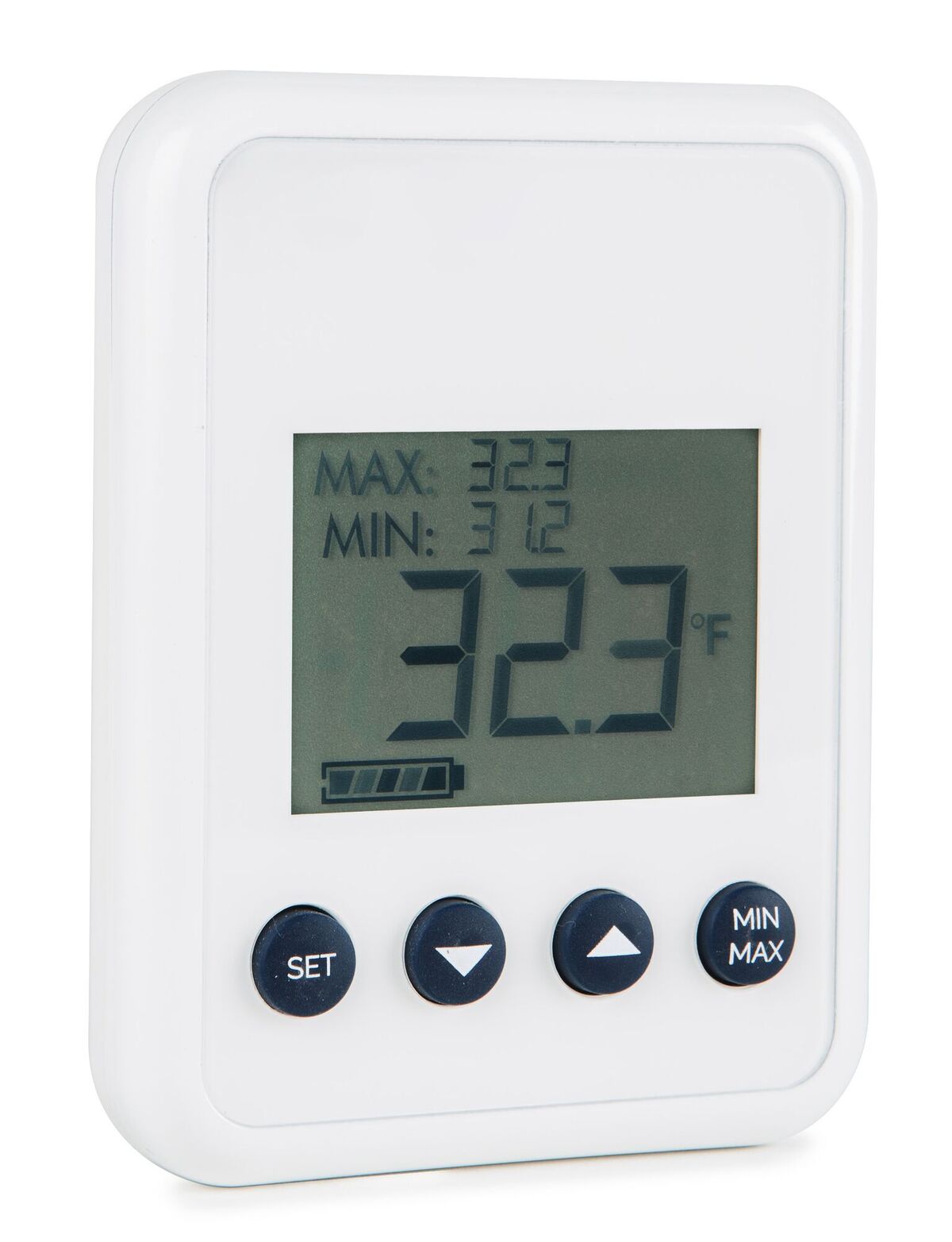Editor’s Note: This is the third article in a series by Richard Naiberg where he discusses how cannabis businesses can protect their intellectual property in Canada. Part 1 introduced the topic and examined the use of trade secrets in business and Part 2 went into how business owners can protect new technologies and inventions through applying for patents. Part 3 raised the issue of plant breeders’ rights and in Part 4, below, Naiberg discusses trademarks and how cannabis businesses should go about protecting their brand identity in Canada.
Trademarks: Protections For Brands And Goodwill
Cannabis businesses must not only protect their investments in their technical creations, but also must protect their brand identities. A cannabis producer can invest heavily in making a desirable, high-quality product, and can advertise and sell this product so as to generate customer interest and goodwill, but if the customer cannot distinguish the producer’s product from that of its competitor, this investment is for not. Trademarks become unenforceable when they are no longer distinctive.
A trademark provides its owner with the right to have the Court stop another entity from using the trademark, or using a similar trademark in a way that confuses the public. When the trademark is infringed, the Court can also make a monetary award in favor of the trademark owner.
Trademarks are identifiers of a particular source of manufacture and they can take virtually any form. Trademarks can be words, phrases, symbols, names, designs, letters, numbers, colors, three-dimensional shapes, holograms, moving images, modes of packaging, sounds, scents, tastes, textures, or any other distinguishing element. What a trademark cannot be is a mere descriptor of the goods or services themselves because such a trademark would prevent other entities from describing their products in their ordinary terms.
Trademarks can be registered, but they do not have to be. In choosing a trademark, the cannabis producer must balance competing impulses: the desire to choose a trademark that is suggestive of the product itself so as to have an immediate meaning to customers without need of an expensive marketing campaign; and the desire to coin a unique and striking trademark which is instantly eye-catching and memorable, but which must be advertised before customers can understand the product to which it refers.
For example, a depiction of cannabis leaf or a word that plays on the ordinary terms used to refer to cannabis will not make a strong mark that can be enforced against those who adopt something similar. On the other hand, a coined word, such as “Kodak”, may have no independent association with cannabis but, after a time, use of this mark in association with a cannabis product can create a very strong mark with a wider ambit of exclusivity.
All that said, even a very suggestive mark can serve as a trademark where the use of the mark is so longstanding and ubiquitous that the suggestive mark acquires a secondary meaning as an indicator of its source of manufacture. Cannabis producers can and should also consider adopting specific colors, scents or tastes of their products as trademarks, where appropriate.
Trademarks become unenforceable when they are no longer distinctive. For this reason, trademark owners must keep abreast of any use of trademarks similar to their own by third parties, and must act quickly to either license such uses or to restrain them.Cannabis businesses have been very busy applicants for trademarks. More than 1700 such applications are now on file, though a comparative few have yet been registered.
Trademarks can be registered, but they do not have to be. When a company’s product or service becomes known to its customers or potential customers with reference to a mark through ordinary business use, a trademark has been created.
Registration does however provide certain advantages. Under the amendments to the Trademarks Act coming in 2019, a registered trademark can be obtained for without any proof of use or goodwill. By contrast, and as noted above, an unregistered mark must be used and possess goodwill before it can be said to exist at all. A registered trademark provides protection for its owner across Canada. An unregistered trademark can only be enforced in the geographical area in which its owner has established its reputation. A registered trademark is protected from those who use it in a manner that is likely to depreciate the goodwill of the trademark. An unregistered trademark only protects against consumer confusion.
Registration under the Trademarks Act also makes it an offence to sell goods or services on a commercial scale in association with another’s registered trademark, or to traffic in infringing labels. Further, a trademark owner can request that the import or export of such goods in Canada be arrested. No similar rights accrue for unregistered trademarks.
Finally, a registered trademark is published at the CIPO web site, providing notice of its existence to new market entrants before these entrants commit to using a similar trademark. Unregistered marks are not always easily discovered and a new market entrant may commit to a mark before having any opportunity to discover that it is the unregistered trademark of another.
Registering a trademark is straightforward. The applicant prepares an application that identifies the applicant, the trademark and the goods and/or services with which the trademark is being used or is intended to be used. Once satisfied that the application complies with the Trademarks Act, CIPO publishes the application to allow potential opponents of the registration to come forward. If there is no opposition, or if an opposition proceeding is brought and dismissed, the trademark is issued.
There is an interaction between the Trademarks Act and the Plant Breeder’s Rights Act. As discussed above, when a denomination has been adopted for a plant variety under the Plant Breeder’s Rights Act, nothing similar can be adopted or registered as a trademark. This is so other traders may use the denomination in their sale of the variety after expiry of the plant breeder’s right.
Cannabis businesses have been very busy applicants for trademarks. More than 1700 such applications are now on file, though a comparative few have yet been registered. Trademark applications in this area are likely to increase further with the coming changes to the Trademarks Act and the removal of the requirement that applicants show use of the trademark prior to registration. Companies will be encouraged to apply for trademarks they may only be considering using, and for any trademarks that they think their competitors may be planning to use. There is some concern that the changes to the Trademarks Act will lead to the rise of trademark trolls.
Before adopting a particular trademark, the producer must do what it can to minimize the likelihood that a third party will assert that the trademark infringes the third party’s prior rights. Searches of Canadian and international trademarks, particularly United States trademarks, are advised. National intellectual property offices, such as CIPO and the United States Patent and Trademark Office, maintain easily searchable databases of registered and applied-for trademarks that should be reviewed. Search professionals can also assist in identifying trademarks that have never been the subject of a trademark application. With the result of the searches in hand, the cannabis producer can determine whether or not to proceed to adopt the contemplated mark and invest in its promotion.
In Part 5, Naiberg will explain how to use a copyright to protect works of creative expression. Stay tuned for more!





























